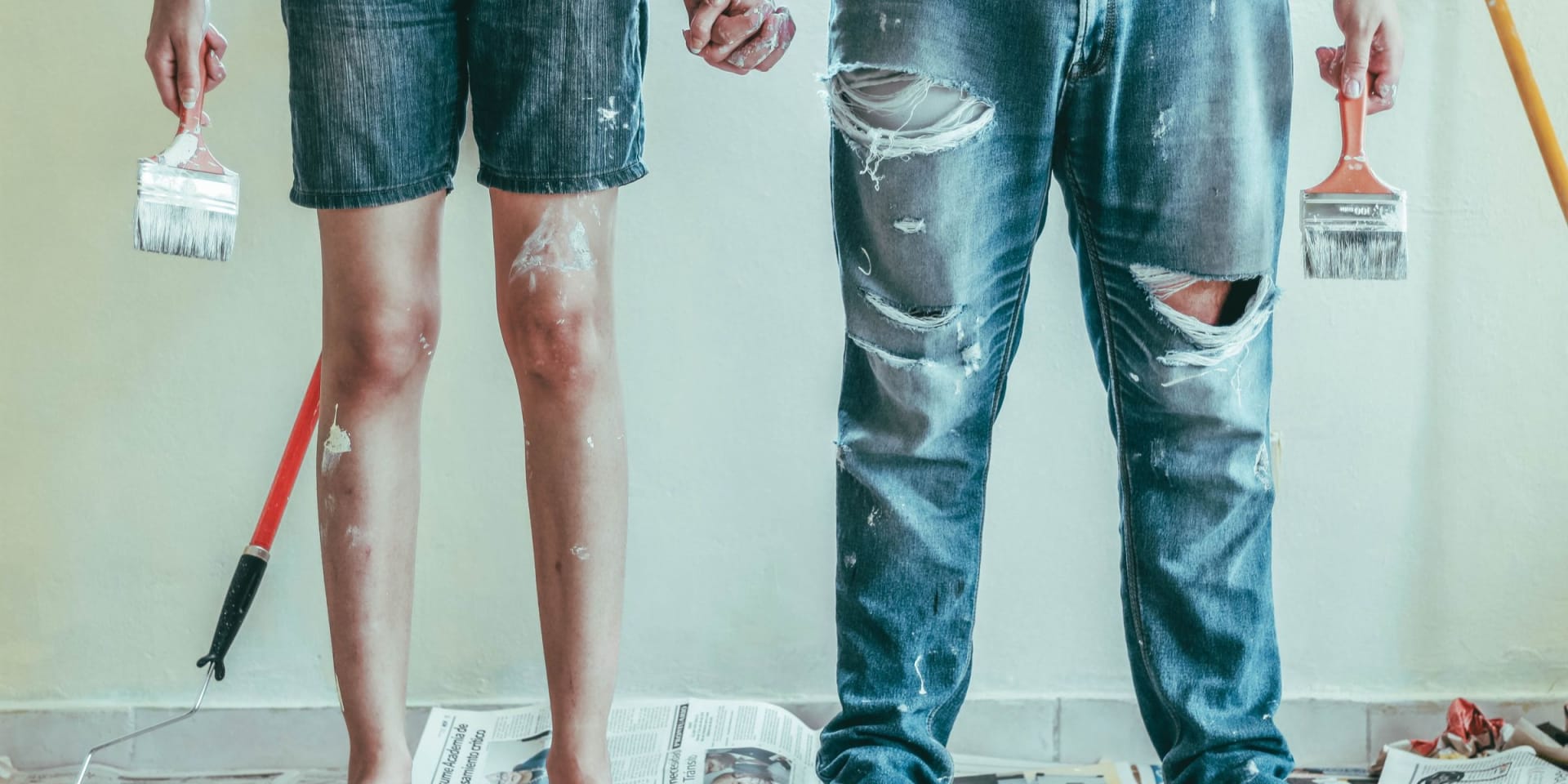How Much Heat Do Chimineas Give Off?
Understanding how much heat do chimineas give off is the first step to making your patio a relaxing and enjoyable space in warmer weather. But it’s not enough to know just how much heat, you should also think about how that heat affects your outdoor space.
In this article, we’ll be discussing how much heat do chimineas give off and will also compare several other fuels to a chiminea that will help you make a decision to make your outdoor space more comfortable.
Typically, a clay chiminea will produce heat of atleast 36° celsius within a 2 meter range. Metal Chimineas, on the other hand, is best for heat production and will produce more heat over a larger area in your outdoor space.
Table of Contents
How Far Will Chimineas Provide Heat?
The area of a chiminea fire pit can range from 2 to 4 meters, depending on the size and type of chimineas. The larger, the bigger range of heat you’ll get. Since the chiminea fire area is large, you’ll be able to sit at it with your friends and enjoy a nice fire and conversation.
A chiminea is a fire pit which works by creating a chimney effect, which sends heat up and out into the air. Chimineas are an excellent choice for heating a large area. A chiminea’s heat output is estimated at 1/3 that of a regular fireplace, but unlike a fireplace the chiminea’s heat output is distributed evenly in a 360 degree radius.
What Temperature Level Can They Reach?
Of course, the temperature depends quite a bit on what kind of wood you burn inside your chiminea. But the good news is that the chiminea can be resistant up to 650 degrees C. A chiminea can go up to 650 degrees Celsius. You can use the chiminea to warm up your outdoor space and you can use it in the summer time to keep your outdoor space warm. However, you must be very careful when you are using the chiminea. You need to make sure that you are using the chiminea safely.
Will High Temperatures Damage The Chiminea?
The high temperatures in a chiminea should not do any damage to the structure, as long as the manufacturer of the chiminea does not recommend against it. High temperatures could cause the pottery to crack, which could cause the heat to escape. Alternatively, the thin metal that the chimnea is constructed out of could warp at higher temperatures, which would cause the fire to not build up and work efficiently.
Main Fuels For A Chiminea For Better Heat Output
It is true that you can burn just about anything in a chiminea, but this is not the best way to go about it. The best way to use a chiminea is to use the fuel designed for them.
Here are some of the most common fuels for chimineas that will provide the most heat.
Wood
Wood is without question the most common fuel for chiminea ownership. It is the go-to fuel for many owners, and it is a very popular fuel of choice in the chiminea. However, wood has a few disadvantages when it comes to chiminea.
- The most notable is that it doesn’t burn as hot as other fuels like propane or natural gas.
- Wood also produces a lot of smoke. The smoke is a big turn-off for many chiminea owners. The problem is if you try to burn wood in a chiminea that is not designed for wood, it will produce excess smoke.
Charcoal
Charcoal is one of the best fuels for burning with a charcoal chiminea. This type of chiminea has been used to cook foods in chimineas since before the invention of the BBQ. When you’re using a charcoal chiminea, fire is contained and you can get consistent results without needing a lot of modifications to your chiminea.
Charcoal is a form of carbon that occurs in nature as a metamorphic rock and is usually black, hard, and brittle.When you use charcoal on your grill, it burns and creates smoke that’s used to infuse your meat with flavor. If not properly vented, the sm
Non-Wood
The beauty of a gas or propane chiminea is that it allows you to sit close to the flames in the comfort of your own backyard. Unlike wood-burning chimineas, gas and propane chiminea do not give off smokey fumes or have any ash residue, making them ideal for use in small spaces or indoors.
Conclusion
As we have seen in this post, the amount of heat given off by a chiminea depends on the size of the chiminea and the size of the fire. The larger the chiminea, the greater the heat output.
The larger the fire, the greater the heat output. The amount of time the fire is burning also affects heat output. The longer the fire burns, the greater the heat output.
The chiminea also affects heat output. A chiminea made of brick will give off more heat than a chiminea made of steel, assuming that they are the same size.



